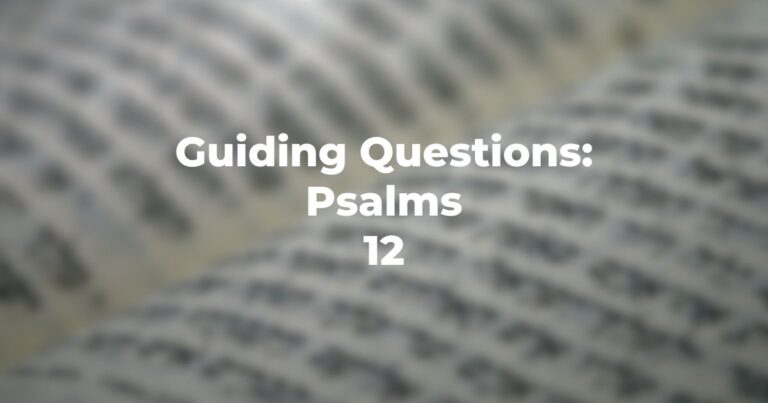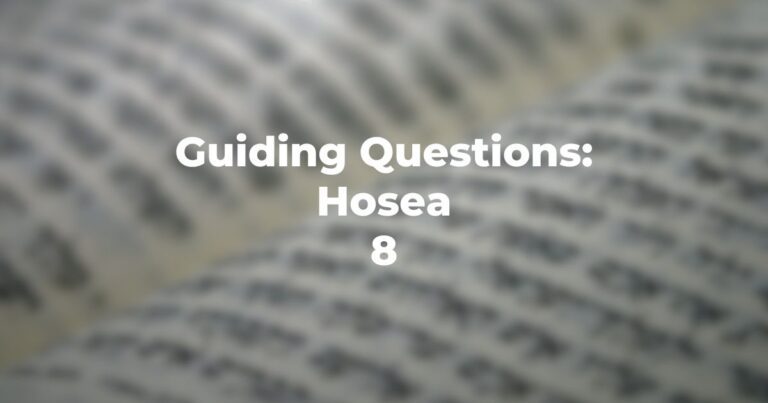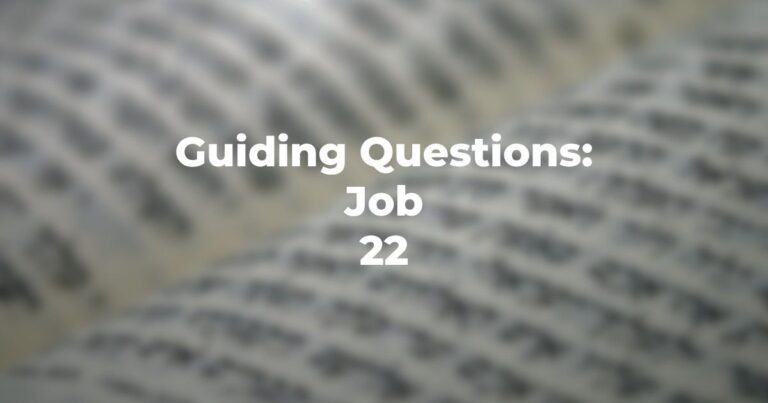- The reference to month and year in Ezekiel 1:1 has to do with the age of the prophet — or with the chronology of the exile community?
- What is meant by “I am in the midst of the exiled group”? Is this meant, physically, or to indicate that Ezekiel is one of the exiles?
- How does Ezekiel 1:2 relate to the timing in verse 1?
- Why is Yo’yakhin addressed as “the king”?
- Verse 1 is cast in the first person; Ezekiel 1:3 is cast in the third person. Why the change?
- Or, are there two introductions to this chapter?
- What is the difference in theological terms between verse 1 and verse 3? The first indicates “I saw visions of God” and the third indicates “and the hand of God was upon him.” In essence, is there any difference of intent in these two descriptions?
- Does Ezekiel 1:4 continue in the third person or in the first?
- What is it that Ezekiel sees approaching from the North?
- If the creatures in Ezekiel 1:5 have the appearance of a human being, what is the meaning of the word “ha’yot”? Does this mean “creature” or does it mean “ha’yah” (wild animal — as it is understood in the contemporary sense)?
- Does the text indicate where Ezekiel is at this time (save for the fact that he is in Chaldean land on the river Kvar) in terms of in a dwelling, outside of a dwelling; at night, in the morning; how he is dressed, and the like? Or are all these things, essentially, inconsequential where the vision is concerned?
- In the description of the creatures (Ezekiel 1:6-10), there is a specification of their faces. Is there any commonality to the four described? (i.e.: Are any of these four “weak”; are they all “strong”; do they all, in the natural world, have a “ruling role” or a subsidiary role?)
- What is the mode of locomotion which Ezekiel detects in these creatures (Ezekiel 1:12)?
- In addition to the creatures, what other image does the prophet detect (Ezekiel 1:15-16)?
- How do the wheels and the creatures operate in concert (Ezekiel 1:19)?
- Above the description of the creatures and the wheels, what obtains?
- Why does Ezekiel 1:22 refer to ice as “terrifying”?
- In a number of the passages (Ezekiel 1:22-26) appears the word “rakiah”? What does the word mean?
- Over and above the creatures, the wheels, the detailed description of the wings of the creatures, and the like — above the “divider” there is a chair, and what is seated on the chair?
- How is the “seated entity” described in verse 27; and what is the essential distinction between the upper frame and the lower?
- What does the prophet conclude he is seeing in the vision of the chair and its Occupant?
- Does the chapter end with a “conclusion” or appear as an introduction to what will follow?
Author
-

Exploring Judaism is the digital home for Conservative/Masorti Judaism, embracing the beauty and complexity of Judaism, and our personal search for meaning, learning, and connecting. Our goal is to create content based on three core framing: Meaning-Making (Why?), Practical Living (How?), and Explainers (What?).
View all posts




